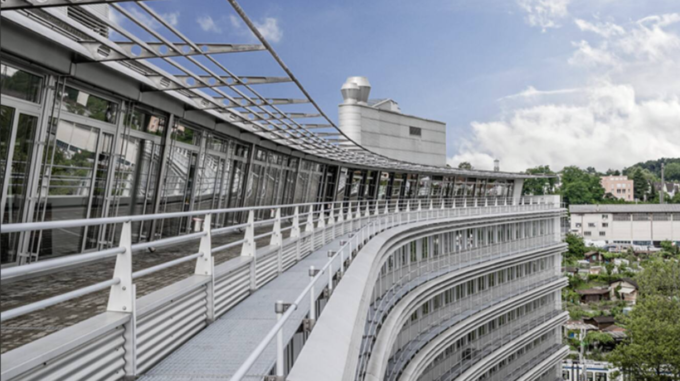Digital planning in fire protection
Not so long ago, when the world still functioned in analog, pencil and paper were the indispensable utensils of fire protection planners. Projects were conceptualized, planned, adjusted and often an idea was discarded to start the whole process all over again!

To the best of our knowledge and belief, legislation has been taken into account, the latest findings have been consulted and years of experience have been used to eliminate possible sources of error.
Today everything is different, more modern, more contemporary, BIM-based (Building Information Modeling) and digital. Screens have replaced the traditional drawing boards. Guidelines, standards and calculation bases are integrated in digital form - always up to date - as a planning basis in various software tools. Each planning step is traceable and can be represented visually as well as virtually. Building owners, building planners and installers are faced with a dynamic, forward-looking industry. The development of new technologies and their integration into planning and operational processes is advancing rapidly. Everything seems much more straightforward and secure. But is this the case? Is digitization the easiest way to eliminate errors and a path to greater planning reliability?
Three success factors
Answering this question is not so easy. On the one hand, a clear yes! The use of the new, web-based software and application solutions has many advantages, makes work easier and ensures a uniform exchange of information between the departments involved. On the other hand, a cautious no!
Modernization carries the risk of a lack of communication and often raises false expectations. The three most important factors remain decisive and authoritative: planning, control and correction! Digitized planning in fire protection is comparable to the use of the auto-correct function on a smartphone: It is practical, but not beyond all doubt. Incorrect use often influences the following planning steps and triggers a chain reaction with unpleasant consequences. The result: incorrect planning, additional work, higher costs - the schedule is thrown into disarray. Such mistakes must be avoided.
Digitization requires a high degree of personal responsibility and technical know-how. Expertise that is already passed on to the younger generation during training. The more mature planners, i.e. those who are still used to pencil and paper, must first acquire this knowledge. This requires courage, will and the willingness to expand one's own horizons.
Status quo in "Fire Protection 4.0
"Yes - we are ready! Ready to take the next step," is the response of many experts, "we are embarking on the Fire Protection 4.0 adventure." This decision simultaneously signifies the endorsement and acceptance of further digitalization. Smarthome, Smart Building, Smart City and Industry 4.0, to mention just a few areas that will occupy the economy and society in the near future.
All in all, it can be said that digitization in fire protection is already well advanced and brings a major advantage: Quality assurance and monitoring during operation are much simpler and more manageable. If a component fails or there is an interruption in the system, a message is sent with the exact information about the fault. It is possible to react immediately - without a long search. The small disadvantage: Digitalization never sleeps! The experts are challenged and must continue their education in order not to miss the connection.
You can read the detailed technical article in the print edition of SicherheitsForum from March 3, 2021.









